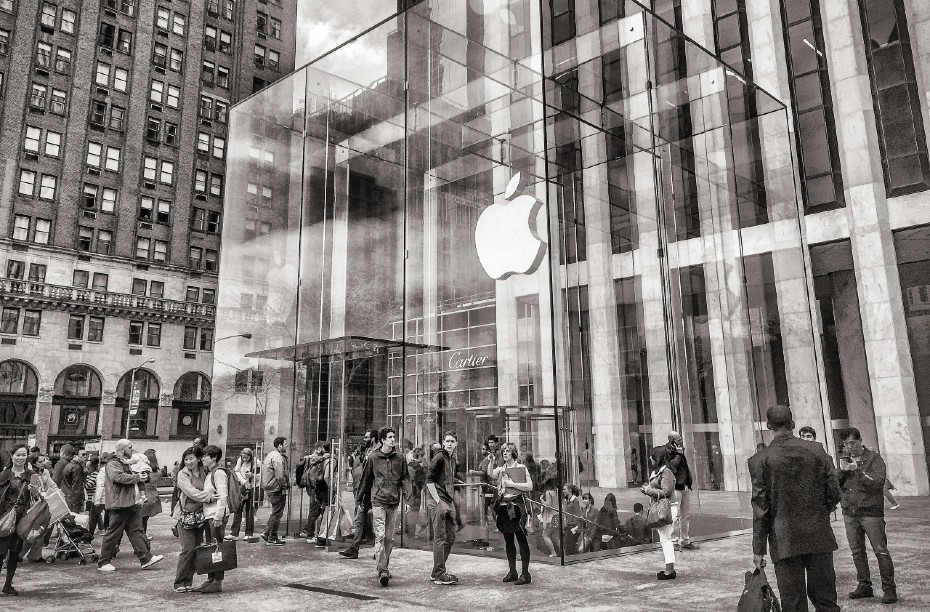For over a century, competitive advantage in retail and service sectors was built on a simple and tangible strategy: premise expansion. Today, that model is being upended

By Adrian Babbington Wong
As iconic institutions such as Denmark’s 400-year-old postal service stop delivering letters, to major Hong Kong supermarket chains reducing their footprint, a new paradigm is emerging. The value has shifted from owning infrastructure to capturing something far more elusive: consumer attention.
In fact, they are symptoms of a fundamental realignment in the economic landscape. Earlier this year, Hong Kong-based property agency Midland IC&I’s index showed that about 900 stores were empty across Causeway Bay, Central, Tsim Sha Tsui and Mong Kok, the four prime locations in Hong Kong. Alarmingly, they collectively held a vacancy rate of about 12% in the first quarter of 2025, the highest level in almost five years.
Back to Denmark’s the national postal service: Post Danmark is ending its physical letter-delivery service, an institution once so vital it was operated by the Danish crown, yet now rendered obsolete by digital communication. In Hong Kong, DFI Retail Group, a grocery powerhouse, is downsizing its physical presence, while ramping up its e-commerce business.
Even more revealing is a complementary move: JD.com’s recent acquisition of a 70% controlling stake in Kai Bo Food Supermarket for a reported HK$4 billion. The value lay not in Kai Bo’s storefronts, but in its extensive logistics networks and inventory systems — the essential operational backbone that can be repurposed for a digital-first world. The physical asset itself was less important than the strategic capability it enabled.
The asset-light model triumphs not merely on cost, but on learning, personalisation, and agility. IM8, a health supplement brand led by David Buckham has no physical presence now, but you must have somehow seen their social media advertisement or media coverage.
E-commerce, digital marketing, and the experience economy have been around for a long time. But it is when these forces merge with the physical world that an entirely new paradigm emerges. The focus has shifted from mere distribution to experience — creating value through engagement, community, and sensory appeal in ways that purely digital interfaces cannot replicate.
Consider the Apple Store, beyond selling products, it serves as a community hub where enthusiasts gather to put their hands on the actual products, and educators lead tutorials, fostering loyalty and deepening user engagement.
Leaders must develop digital presence into an integrated ecosystem that provides value. The goal is to foster engagement, moving from transactional interactions to continuous ones. The objective is to become a daily habit embedded in the customer’s life, not a destination they occasionally visit.
Today, you must craft a compelling narrative and build a community that customers actively want to join. This demands mastery of the platforms where attention is aggregated — through influencer collaborations, authentic user-generated content, and participation in conversations in the public domain, such as media. The success of brands like PopMart’s Labubu, which went viral after endorsements by Blackpink’s Lisa, illustrates the power of strategic influencer collaboration.
Of course, a controversial narrative can bring viral attention, but its impact on the bottom line is debatable. American Eagle’s campaign with Sydney Sweeney serves as one example, while the counter-campaign of Gap featuring Katseye has garnered positive feedback.
The mandate for leaders is unequivocal. The era of competing primarily on physical assets might be over. This transition is more than a change of channel; it is a change of mindset.
This very trend creates a new, fierce scarcity: the scarcity of human attention.
Communication plays a vital role in maintaining attention — we’ve known this for centuries. However, few brands have got it right when it comes to using regular and timely communication to maintain attention. While brands invest heavily in paid avenues, they must not neglect the risk of self-branding and hyper-narcissism of the attention economy. To counter, businesses must re-prioritize trust-worthy communication with credible organisations that provide genuine value by authenticating.
